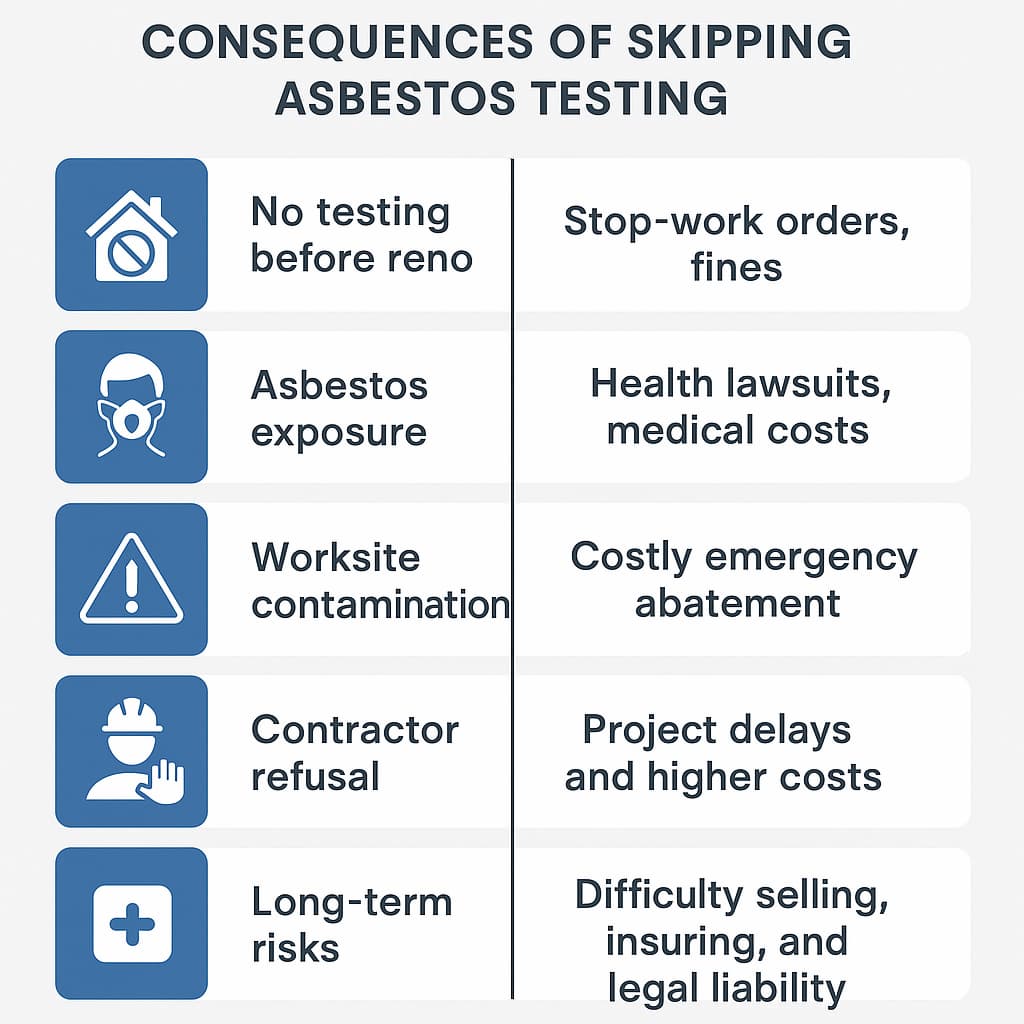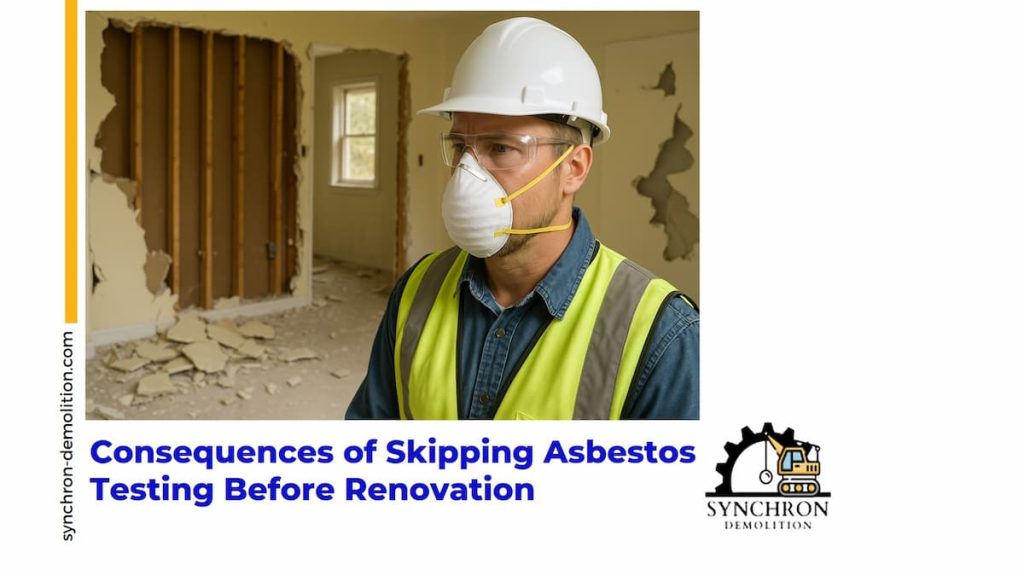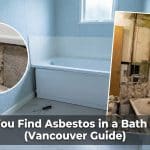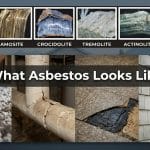Renovating a home is exciting — but when you’re dealing with properties built before 1990, it is critical to consider what may be hidden beneath the surface. In Vancouver and across British Columbia, many older homes were constructed with asbestos-containing materials (ACMs) that can pose serious health hazards if disturbed.
Skipping asbestos testing is not just risky — it can lead to legal trouble, financial disaster, project shutdowns, and life-threatening exposure for you, your family, workers, and even neighbors.
In this article, we will explain why asbestos testing before renovation is mandatory, and what exactly can happen if you ignore it.
Why Asbestos Testing Is Mandatory Before Renovation
Asbestos was widely used in Canadian construction materials until the late 1980s because of its resistance to heat, fire, and sound. It was commonly added to products such as:
-
Drywall joint compounds
-
Ceiling textures (popcorn or stipple)
-
Vinyl flooring and tile adhesives
-
Furnace and pipe insulation
-
Roof shingles and siding
Today, disturbing these materials without proper identification and control can release deadly fibers into the air. Inhaling asbestos fibers can cause serious illnesses over time, including:
-
Asbestosis (lung scarring)
-
Lung cancer
-
Mesothelioma (a rare, aggressive cancer)
Because of these dangers, WorkSafeBC requires that any building constructed before 1990 must undergo a Hazardous Materials Survey before any renovation, demolition, or major maintenance work begins.
This requirement is not simply regulatory red tape; it is a critical measure for protecting lives.
Top Consequences of Skipping Asbestos Testing
1. Stop-Work Orders and Fines
The moment untested, potentially hazardous materials are disturbed, a WorkSafeBC inspector or municipal building official can issue a stop-work order.
This order legally halts all construction activities on-site until:
-
Proper asbestos testing is conducted
-
Any asbestos-containing materials are safely removed or managed
-
Clearance air monitoring is completed
Fines for violations can range from thousands to tens of thousands of dollars, depending on the severity of the infraction.
Example: In 2022, a Vancouver homeowner was fined over $20,000 after disturbing asbestos insulation during a home renovation without prior testing.
2. Severe Health Risks to Occupants and Workers
When asbestos fibers are disturbed, they become airborne and can be inhaled deep into the lungs.
Symptoms from asbestos-related diseases often do not appear until 20 to 40 years after exposure.
Short-term consequences:
-
Air contamination inside the home
-
Risk to children, pets, workers, and neighbors
-
Need for house evacuation and costly decontamination
Long-term consequences:
-
Development of fatal diseases
-
Significant healthcare costs
-
Long-term impact on the affected families
There is no safe level of asbestos exposure.
3. Costly Emergency Remediation
If asbestos is accidentally disturbed during a project, emergency remediation will be required. This process typically involves:
-
Certified asbestos abatement contractors
-
Air monitoring specialists
-
Hazardous waste disposal teams
Emergency remediation is significantly more expensive than planned and controlled asbestos removal.
Cost Factors Include:
-
Decontamination of the entire worksite
-
Specialized disposal fees
-
Temporary accommodation costs if the property becomes unsafe
In simple terms, reactive asbestos cleanup often costs far more than proactive testing and management.
4. Legal and Financial Liability
If someone is exposed to asbestos on your project site, you could be:
-
Sued for damages
-
Required to pay medical bills
-
Held legally responsible for future health-related claims
Homeowners, builders, developers, and property managers can all be held liable for asbestos exposure incidents.
Real Estate Risk:
Selling a home without disclosing known asbestos risks can result in lawsuits and significant financial loss.
5. Contractor Refusal and Project Delays
Most licensed contractors in British Columbia — including electricians, plumbers, and HVAC installers — will not work on a site without asbestos clearance documentation.
Without proper testing:
-
Contractors may walk off the job
-
Project timelines may be severely delayed
-
Budget overruns are likely
Contractors are legally responsible for their workers’ safety and cannot afford to take risks on untested sites.
6. Long-Term Property Risks
Even if you complete a renovation without immediate consequences, hidden asbestos can cause major future problems:
-
Reduced property value
-
Difficulty passing home inspections during a sale
-
Complicated insurance claims
-
Future legal and repair costs
Undiscovered asbestos does not disappear over time — it remains a significant liability.
How to Avoid These Risks
The best approach is straightforward:
-
Always schedule an asbestos Hazardous Materials Survey before beginning any construction, renovation, or demolition.
-
Hire certified, trained, and insured asbestos testing and abatement professionals.
-
Follow all WorkSafeBC and City of Vancouver regulations for safe demolition and renovation practices.
-
Maintain detailed records of all hazardous materials surveys and clearance documentation.
Taking these steps protects everyone involved and ensures that your project moves forward smoothly.

Skipping asbestos testing before a renovation project is a dangerous gamble.
The consequences are real and severe: stop-work orders, fines, project delays, legal actions, increased costs, and potentially devastating health outcomes.
Skipping asbestos testing before a renovation project is a dangerous gamble. The consequences are serious and far-reaching: stop-work orders, heavy fines, project delays, legal action, higher costs, and severe health risks. If your property was built before 1990, proper asbestos testing is not optional — it is essential for protecting your health, your investment, and your renovation timeline. One of the most trusted companies to assist you with professional asbestos testing and hazardous materials surveys in Vancouver is Synchron Demolition. Their experienced team can guide you safely through the process, ensuring full compliance with WorkSafeBC regulations and providing peace of mind from start to finish.
Frequently Asked Questions: Asbestos Testing in BC
1. Is asbestos testing mandatory before all home renovations in BC?
Yes. Testing is required by law for any building constructed before 1990 before renovations, repairs, or demolition can begin.
2. What exactly is a Hazardous Materials Survey?
A Hazardous Materials Survey is a professional inspection that identifies the presence of asbestos, lead, mold, and other hazardous materials before construction work starts.
3. Who is authorized to perform asbestos testing in British Columbia?
Only trained and certified hazardous materials consultants or asbestos inspectors can legally perform asbestos sampling and analysis in BC.
4. What happens if asbestos is discovered during the survey?
Renovation work must be paused, and a licensed asbestos abatement contractor must safely remove or contain the asbestos before work resumes.
5. Can I perform asbestos testing myself?
No. DIY asbestos testing is illegal and dangerous. Only certified professionals using specialized equipment and safety procedures can legally collect and analyze samples.
6. Where is asbestos most commonly found in BC homes?
Typical locations include drywall joint compounds, ceiling textures, vinyl floor tiles, furnace and pipe insulation, and vermiculite attic insulation.
7. How long does asbestos testing usually take?
On-site inspections generally take a few hours, and laboratory results are typically ready within 24 to 72 hours, depending on the number of samples.
8. What are the risks associated with even brief asbestos exposure?
Even short-term exposure to airborne asbestos fibers can cause serious lung diseases that manifest decades later. There is no safe threshold for exposure.
9. Does the presence of asbestos impact property value?
Yes. Homes with undocumented or unaddressed asbestos can see reduced market value and may face difficulties during inspections and sales negotiations.
10. What documentation should I keep after asbestos testing or abatement?
You should retain copies of:
-
Hazardous materials survey reports
-
Laboratory test results
-
Clearance letters following asbestos removal
-
Any permits related to abatement work
These documents will be important for future renovations, insurance, or real estate transactions.




